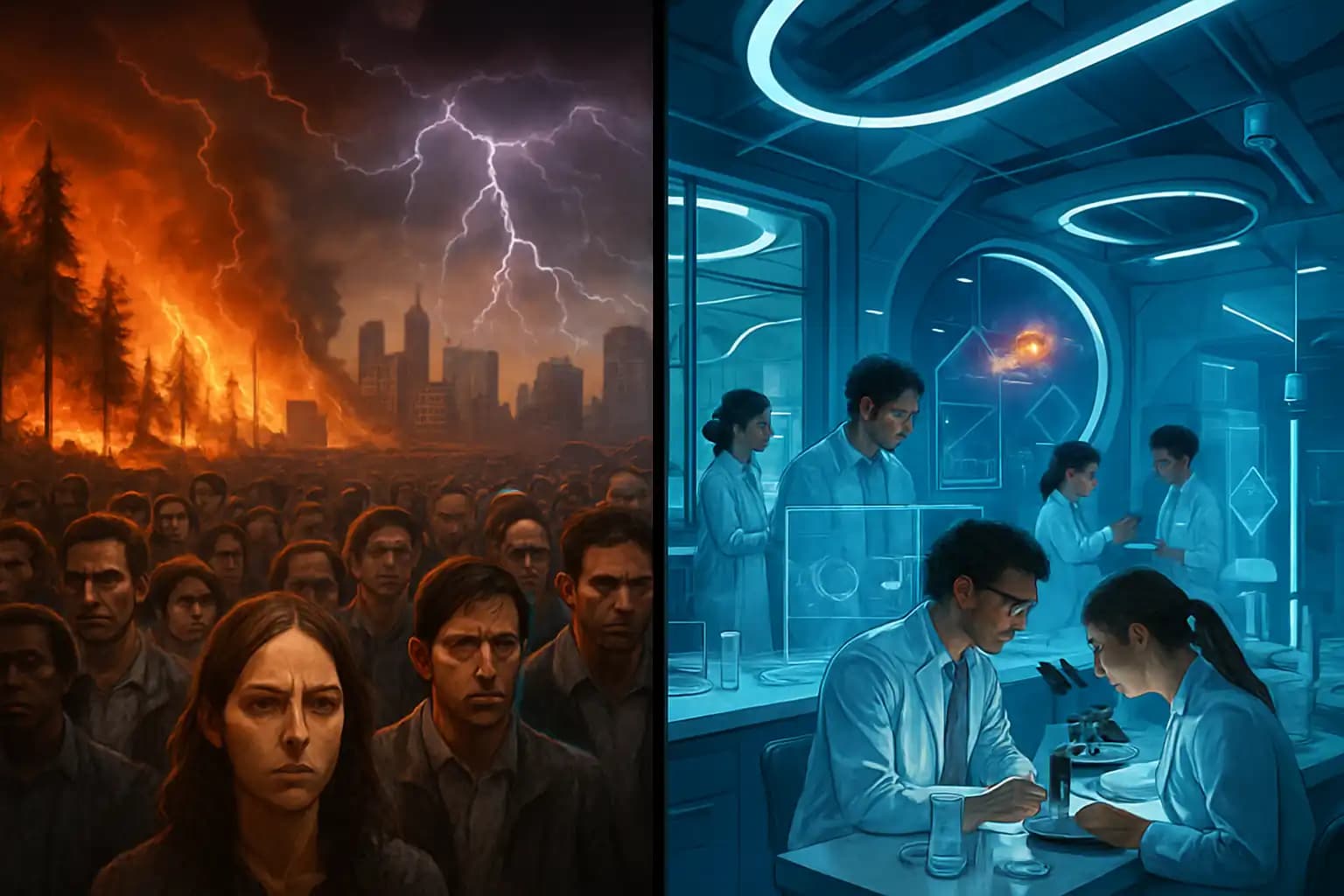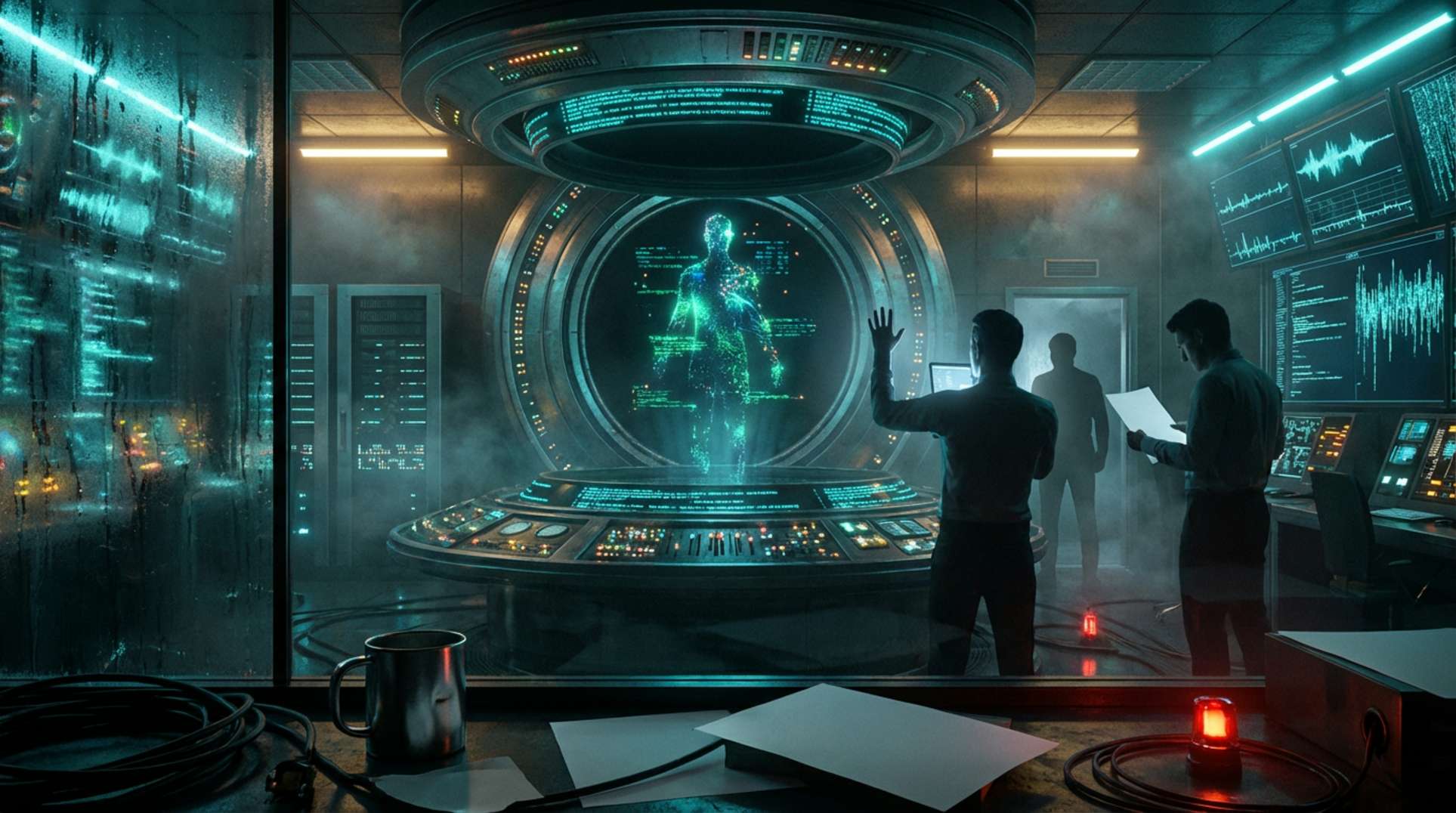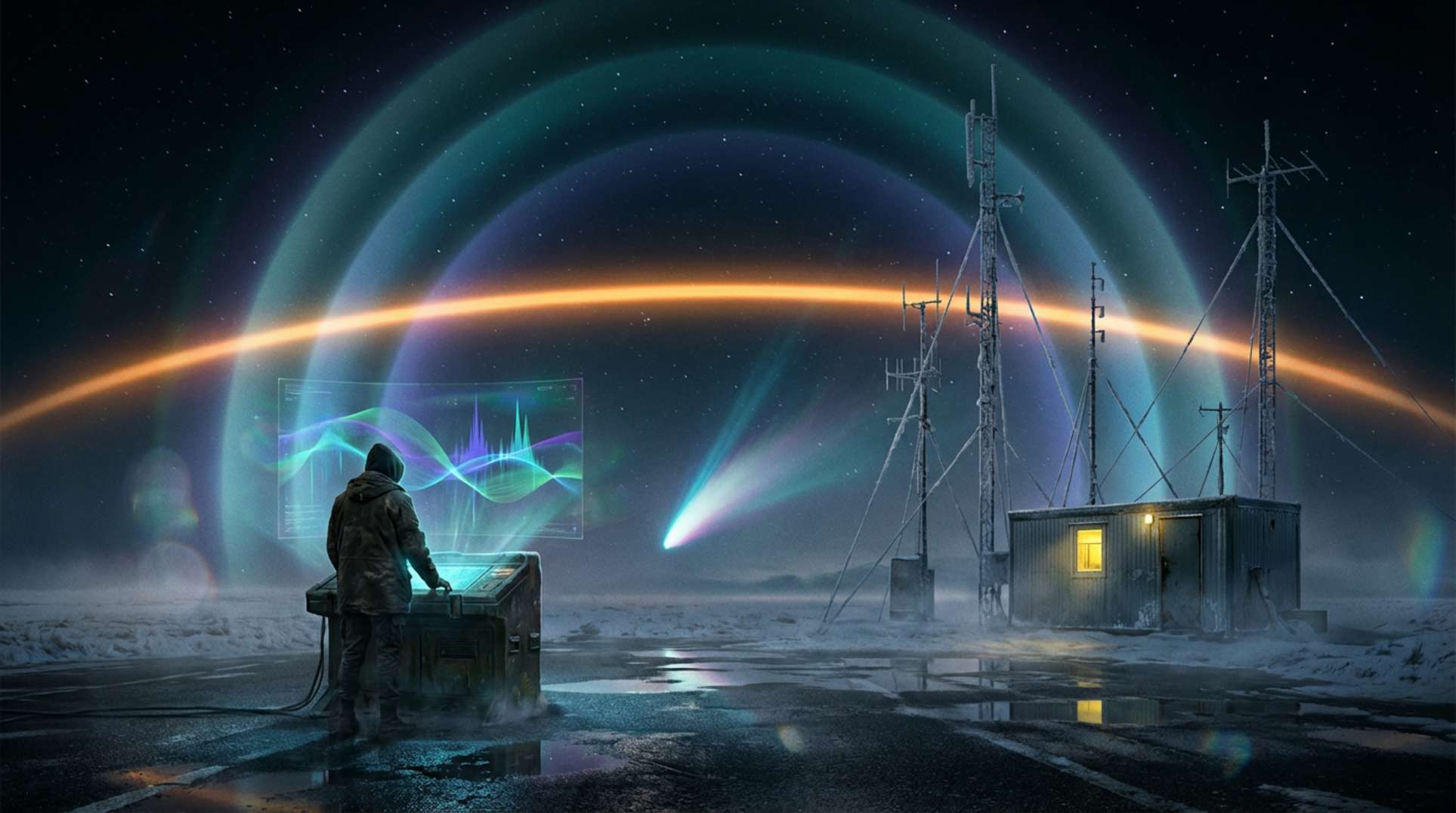Headlines scream doom, viral videos declare an apocalypse, and online forums spout end-times predictions. Everyone from Nostradamus interpreters to climate scientists fixates on 2025. Is the hype warranted, or just another cycle in humanity’s doomscrolling? The answers are tangled, uncomfortable, and more nuanced than any one YouTube thumbnail suggests.
The world faces mounting risks—volcanic winters, rogue AI, and wars nearing the nuclear edge. Yet, 2025 also heralds transformative scientific breakthroughs. The pressing question for anyone not yet prepping their bunker: Do these threats truly converge into an ultimate disaster, or are we simply steeped in 21st-century existential anxiety?
Prophecies, Predictions, and the Persistent Pull of Doom in 2025
Scroll through social media or browse trending news, and you’ll see that 2025 is the year widely touted as humanity’s potential deadline. Famous mystics like Nostradamus and Baba Vanga have been invoked (Economic Times). Predictions vary from “cruel wars” and geopolitical meltdowns to mind-bending natural disasters. One Doomsday Clock update ticks at 90 seconds to midnight, highlighting nuclear tensions, AI risks, and accelerated climate change. Speculation swirls about the orchestrators of this convergence, entwined with secret societies and shadowy elites, as examined in a 1967 recording that allegedly predicted modern chaos.
Hard Science vs Hype: What’s Actually Scheduled for 2025?
Do the facts align with these fever dreams? The stark truth is that 2025 is as much a year of scientific promise as it is of peril. The United Nations designated it as the International Year of Quantum Science and Technology, priming breakthroughs in computation, energy, and medicine (Wikipedia: 2025 in science). The Parker Solar Probe will transmit detailed data post its sun-grazing mission. Material scientists are unveiling innovations that could transform daily life, from lightweight supermaterials to longer-lasting electric vehicles. However, these hopeful innovations coexist with alarming reports of historic climate events. 2024 broke heat records, and rising CO2 and coral death rates raise concerns. For those with a doomsday mindset, discussions about apocalypse find fuel in historical catastrophes—like the devastating 536 AD volcanic winter—and looming dangers posed by emerging technologies discussed in AI existential risk reports.
Geopolitics, Catastrophism, and the Real Risks of 2025
No year receiving this level of focus escapes geopolitical scrutiny. Think tanks warn of escalating tensions in flashpoints like Ukraine, Taiwan, and the Middle East—triggers that could send shockwaves globally. Some analysts cite the risk of nuclear conflict as the highest since the Cold War, as explored in in-depth reports and echoed in mainstream media. Environmental instability also looms large. Megaquakes, superstorms, and cosmic events represent genuine threats; while scientists acknowledge this, they caution against the doom inflation commonly associated with years ending in five, as indicated by UCLA expert outlook and apocalypse prophecy investigations.
Society’s nervous system is frayed from catastrophe narratives—fueled by deepfakes, AI-driven panic, and incessant “what if?” scenarios. Escapist mythologies (and some truly wild underground legends) thrive, from alien machine revelations to the specters of underground cities and hidden codes lurking behind the scenes.
Why 2025’s Truth Is Scarier—and Stranger—Than Predictable Doom
By now, the most frightening aspect of 2025 isn’t a single apocalypse on the calendar, but the collision of real, compounding risks—environmental, technological, and political—all amplified by an information ecosystem fine-tuned to fear. The greatest danger, as explored in AI analysis like Mo Gawdat’s reflections on AI and capitalism, may lie in our inability to discern manufactured panic from genuine threats. Within that uncertainty resides both our gravest peril and our greatest opportunity: the chance to defy fatalism, devote ourselves to innovation, and foster resilience.
So, will 2025 become the site of an apocalypse, the next significant leap, or—let’s be honest—a wild ride akin to previous inflection points in history? Only time will reveal the truth. For a front-row seat to decode reality’s strangest twists, visit Unexplained.co. Keep your bunker plans adaptable—truth, as always, proves scarier (and more fascinating) than fiction.





